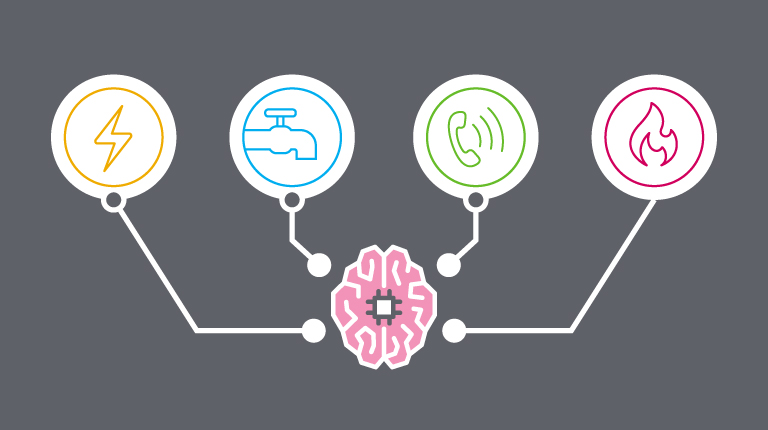For a collections organization, live agents on the frontline represent the heartbeat of the organization. The productivity of the people who connect with consumers on a daily basis has a direct correlation with revenue .
Having this knowledge top of mind provides management with a key set of strategies to increase productivity. This could include anything from improving agent training, to creating a strong culture to increase agent retention.
That said, at peak times or seasons, collections agencies incur a tremendous amount of risk by relying on agents to drive revenue. Artificial Intelligence, however, can offset this risk by leveraging technology to maximize the effectiveness and efficiency of live agents.
While there are several opportunities for AI within the collections industry, Intelligent Virtual Assistants have emerged as a proven leader. Virtual Assistants emulate and automate the experience consumers have with agents. To date, they have been deployed as chatbots on websites or social media, interactive voice applications over the phone, through conversational SMS, and more.
Here are 3 key areas in which Intelligent Virtual Assistants are being leveraged for debt collection:
Reducing unproductive agent time
Collections agencies handle an influx of inbound traffic. Caller intents can range from consumers wanting to make a payment, to wrong party contacts, to updating account information and more. While a certain percentage of those calls have the potential to drive revenue, most do not. Applying Virtual Assistants to answer inbound phone calls provides a great opportunity to automate self-service for non-revenue generating transactions.
Driving additional campaigns
Proactive Virtual Assistants have successfully been deployed through channels in which collections agencies can reach out to customers, i.e. SMS, outbound dialing, etc. These solutions can communicate with consumers naturally to collect payment information, set up payment arrangements, and more. This allows organizations to increase the number of touches they’re able to make on a daily basis. Virtual Assistants are also available around the clock, so consumers can make payments and complete transactions at a time that is convenient for them. In addition, there is a growing consumer acceptance of automated solutions. Consumers are increasingly willing to interact with automated solutions to complete transactions that previously required live agents.
Partially automating transactions
Virtual Assistants may not always need to stand alone. Organizations have leveraged solutions that rely on live agents for certain parts of the collections process and automation for others. For example, collections agencies have been using Virtual Assistants for credit card capture after the consumer has agreed to make a payment. These solutions pass data back and forth between the Virtual Assistant and a live agent to retain context and provide a seamless customer experience.
As virtual assistant artificial intelligence gains traction throughout collections agencies, solutions will become table stakes for organizations looking to retain and attract new clients. Furthermore, the business cases can often prove to be substantial — driving revenue without adding staff, decreasing agent handle time, cutting overhead, reducing operational risk, and impacting several other key areas that can be directly tied to the bottom line.




